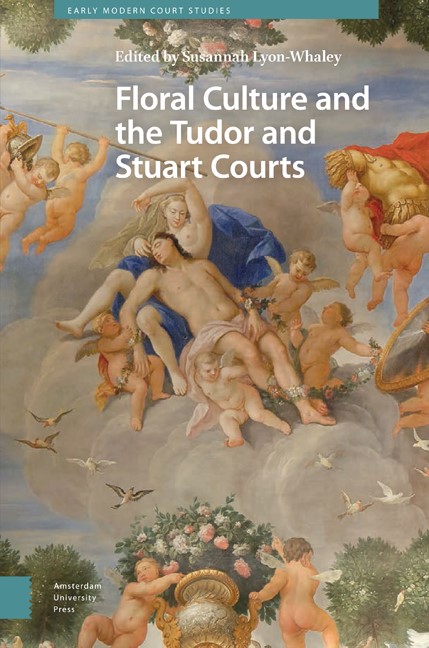9 - Painted Flowers in Later Seventeenth-Century English Portraits
Published online by Cambridge University Press: 16 April 2024
Summary
Abstract
In many later seventeenth-century English portraits female sitters are often placed beside flowers arranged in vases or urns, holding blooms in their laps, threading floral garlands or surrounded by blossoms in idealised landscape settings. But who actually painted these flowers, in some cases beautifully and naturalistically rendered? How was their particular expertise regarded by contemporaries? What light might these works shed on the likely collaboration between the ‘painter of faces,’ the portraitist, and the specialist flower painter, brought in to give greater horticultural specificity and variety? And given the wide interest in horticulture, were there any non-professional flower painters in England during this period? With reference to specific examples of portraits of women, this chapter seeks to address these questions.
Keywords: specialist; collaboration; roses; poppies; tulips; Verelst
Introduction
Flowers in later seventeenth-century English portraits drew on earlier European pictorial conventions to convey symbolic meanings and provide appropriately gendered and decorative backgrounds. They are almost overwhelmingly associated with female sitters in this period, although there are some notable examples when flowers also feature in male portraits; such as Anthony van Dyck's Portrait of the Artist with a Sunflower (1633), where the sunflower, an emblem of constancy and devotion, is generally understood to allude to the artist's devotion to his patron, Charles I (1600–1649). More usually, however, the scented fragility and transience of flowers made them the perfect metaphor for a woman's youth, beauty, and potential as wife and mother, or to signify a particular quality or attribute of the sitter.
In contrast to the later seventeenth century, there are relatively few examples of painted flowers in sixteenth-century English portraits of women. Perhaps this is because, as Elizabeth Hyde has suggested, flowers with their alluring scent were seen as morally dangerous in post-Reformation England. Early modern England undoubtedly had a rich floral culture, as some essays in this volume discuss. Similarly, flowers were included in earlier portraits for symbolic or decorative effect, or to make a point specific to the sitter.
- Type
- Chapter
- Information
- Floral Culture and the Tudor and Stuart Courts , pp. 249 - 274Publisher: Amsterdam University PressPrint publication year: 2024



